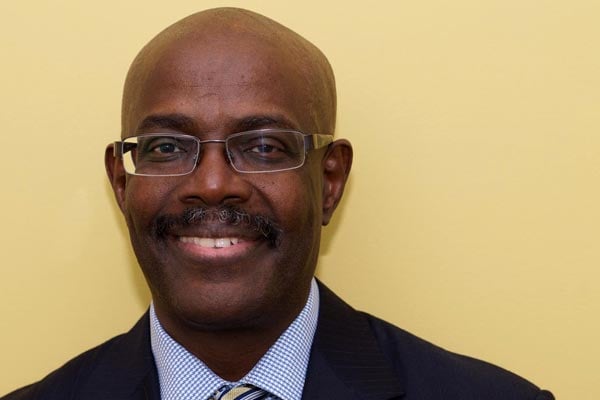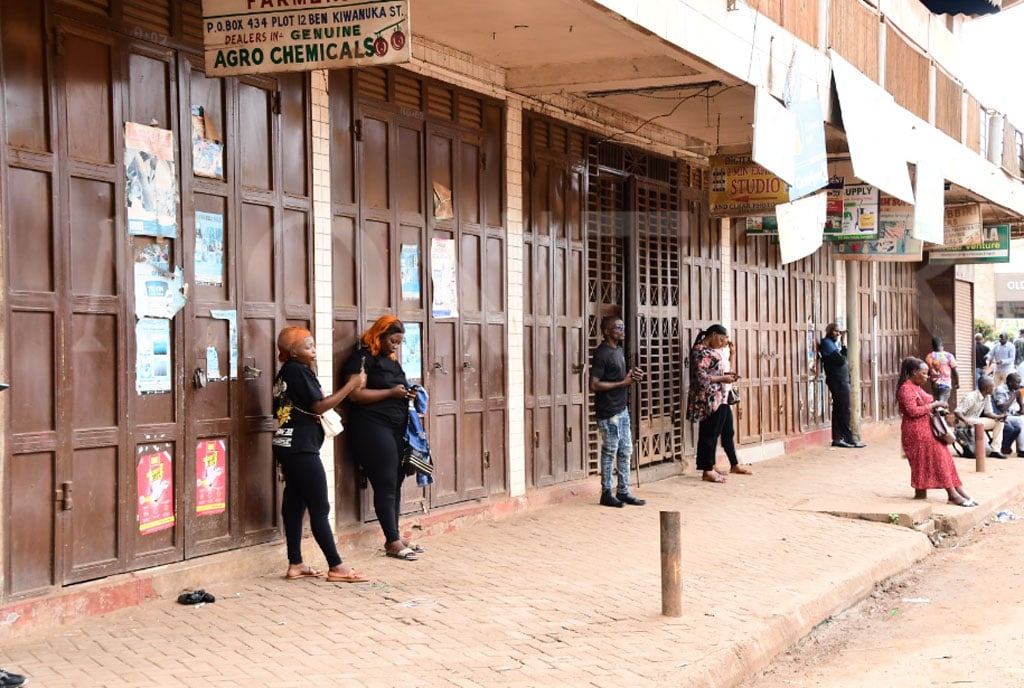Why real estate boom is not addressing our housing deficit

Nathan Were
In the swanky suburbs of Kampala and upcoming cities around the country, high rise buildings are coming up to meet the growing housing demand.
However, most of these high-end properties for sale and rent, largely remain unoccupied despite the nearly 2.4 million housing shortage.
The Uganda Bureau of Statistics estimates that by 2023, Uganda’s population will be 45 million with the country requiring an additional three million housing units both in urban and rural areas to meet this demand.
Although the real estate sector has been expanding over the years, there has been a miss-match between the nature of houses being developed and the profile of the people for which these houses are being targeted.
Most housing units have largely remained unaffordable for both purchase and rent.
A recent study by the Centre for Affordable Housing in Africa indicates that on average, a newly completed two-bedroom house sells for about Shs50m, which is beyond the reach of most Ugandans.
Using formal income levels, only 4.4 percent of Uganda’s urban population, has the purchasing power to afford the cheapest newly built three-bedroom house valued at (Shs74m). For rent, most formally employed workers earn less than Shs1m and with most properties’ monthly rent in City suburbs going for between Shs0.6m and Shs1m, these workers cannot afford.
This could explain why there’s a growing demand for affordable rental houses in the peri-urban settlements in and around Kampala, but also the growth in slum settlements.
The mortgage financing options to enable those interested in building their own houses have also remained out of reach. The mortgage market is dominated by a handful of financial institutions that charge interest rates between 16 per cent and 23 per cent. The interest rates are not only high, but the tenure given to repay these loans exerts immense pressure on people’s ability to re-pay back.
The limited mortgage financing options on the Uganda market coupled with the pricing is locking out many people aspiring to own homes.
As Kampala City expands, real estate developers need to take advantage of the growing suburbs whose price of land is still relatively affordable and construct houses for both sale and rent targeting the salary earners whose monthly rental income is under Shs1m to Shs2m. The greatest demand lies with this profile of people, but they continue to struggle to find relatively good and affordable houses.
The need for financing cannot be overemphasised. Without affordable financing instruments, the price of properties will continue to soar, making it difficult for the intended beneficiaries to afford.
The government will need to adopt a blended financing approach – a strategy that seeks to leverage the use of public funds or concessional loans to attract private capital for investment in projects whose impact is high, but risky or show low return and thus less attractive to private-sector lenders.
It will also be critical to capitalise Housing Finance Bank with affordable onward lending capital to lower the cost of mortgages and afford borrowers enough time to repay loans.
The increasing cost of construction is also driving advancement in technological innovations that are excepted to drive down the costs of building.
We are starting to see innovations in the construction materials used. In Rwanda, for example, developers are using simple materials and construction techniques such as compressed earth block technology to build simple, but strong houses.
The use of these interlocking blocks reduces the use of mortar in joints keeping the construction costs down significantly. We are also seeing innovations with reusable and recyclable plastic materials in construction.
It is expected that these innovations will go a long way in driving costs down and afford many Ugandans decent and affordable homes.
Mr Were is an access to finance specialist based in Nairobi




